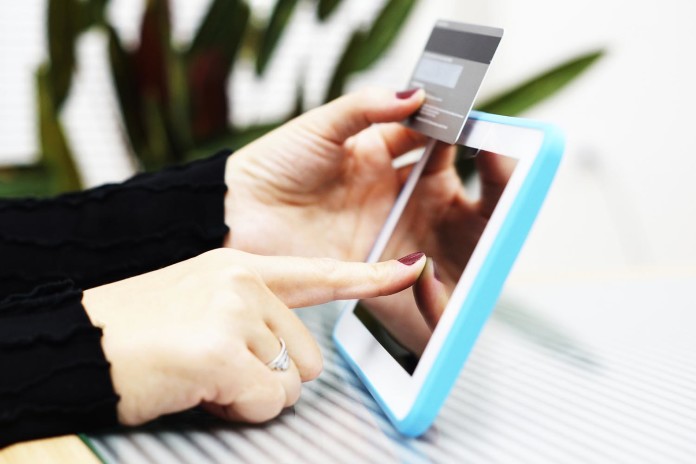
The UK-based bank Barclays, rarely compared with the tech giants of Silicon Valley, has joined an arms race for “contactless payment” mobile apps, introducing its Barclaycard app for Android smartphones across the UK. While Apple Pay, Samsung Pay, and Android Pay are all fighting for their fair market share in the US, only Apple Pay has been released in the UK, giving the Barclaycard mobile payment the opportunity to spread like wildfire, in a sense beating Google (who develops Android) to its own devices.

Contactless Payment, What’s That?
The reason that Barclays is such a big player in what would otherwise be a tech-company skirmish is because this so called contactless payment predates mobile apps and smartphones entirely.
The first major rollout of contactless payment technology was in 2008, involving embedding a tiny chip and antenna into credit cards, in order to ease and speed up transactions. Barclays pioneered this technology for its credit cards, its 2008 “Barclaycard” becoming the first and most widespread contactless payment credit card in the UK. The technology as a whole caught on in the UK and Europe much more than in the US.
Contactless payment also requires the installation of near-field communication (NFC) technology into point-of-sale systems. These NFC systems are now widespread in the UK and Europe and growing in the US. But what about in our phones?
In Mobile Payment Market, Google Dug Its Own Grave
In the Age of Apps, the next logical step was to adopt contactless payment technology into our smartphones. Ideally, phones could interact with the same NFC point-of-sale systems that credit cards do, but what is required first is an in-phone NFC transmitter, an equivalent of the chip and antenna in credit cards.
Always the first one at the party, Google shows up in 2011 announcing that all new Android phones will be NFC compatible, in order to prepare for its brand new, state-of-the-art mobile payment technology, Google Wallet!
Of course, Google Wallet is a complete bust. Introduced exclusively to a US market way back in 2011, an ancient market unfamiliar with contactless payment and without an abundance of NFC point-of-sale systems, it simply didn’t catch on.
But oh, come 2014, how times have changed! Apple debuts its mobile payment service Apple Pay, announcing that all iPhone 6 devices will be NFC compatible. While admittedly not earth-shaking, Apple Pay is certainly a bigger hit than Google Wallet, and it set off an arms race for mobile payment apps—apparently all with very similar names. After Apple Pay, Samsung announced Samsung Pay, and Google rebranded its Wallet as—you guessed it—Android Pay. These services have begun to bloom across the US. By 2016, over half of all smartphones are projected to possess NFC technology.
The Android Pay rebranding came after Google’s acquisition of Softcard, an NFC technology backed by AT&T, Verizon, and T-Mobile; Google is now paying big bucks to have Android Pay supported and heavily featured on these carriers’ devices, which may be crucial to the mobile payment app’s survival.
Meanwhile, Back In The UK…
Of these three new payment apps, the only one that has so far reached the UK is Apple Pay (only on iPhone 6 and above, remember). Android Pay is just now making its debut in the US, but remember, all Android devices from 2011 and later are NFC compatible, even in the UK despite it never being a market for Google Wallet. And given how common NFC point-of-sale systems are there, their Android phones are like sleeper cells of mobile payment, waiting for the right time to be called into action…
So along comes the Barclaycard mobile payment app, ahead of Android Pay, to offer a popular service to millions of British Android phone owners, a mobile payment software whose prerequisite NFC hardware Barclays didn’t have to pay for. Google footed that bill, and got nothing for it!
Barclaycard has a number of cool features. If your physical bank card is lost or stolen, Barclays will immediately send you a digital replacement that you can use from your phone. The NFC payment service will be integrated into the existing Barclays app, allowing users to view their bank statements and make account transfers from the same interface that they make payments.
Unless Android Pay can make a significant entrance into the UK market, then Google may find itself losing a tech war to Barclays. An unexpected way to get screwed over by a bank, isn’t it?
Does a mobile payment app sound useful to you? Which one would you use?

















